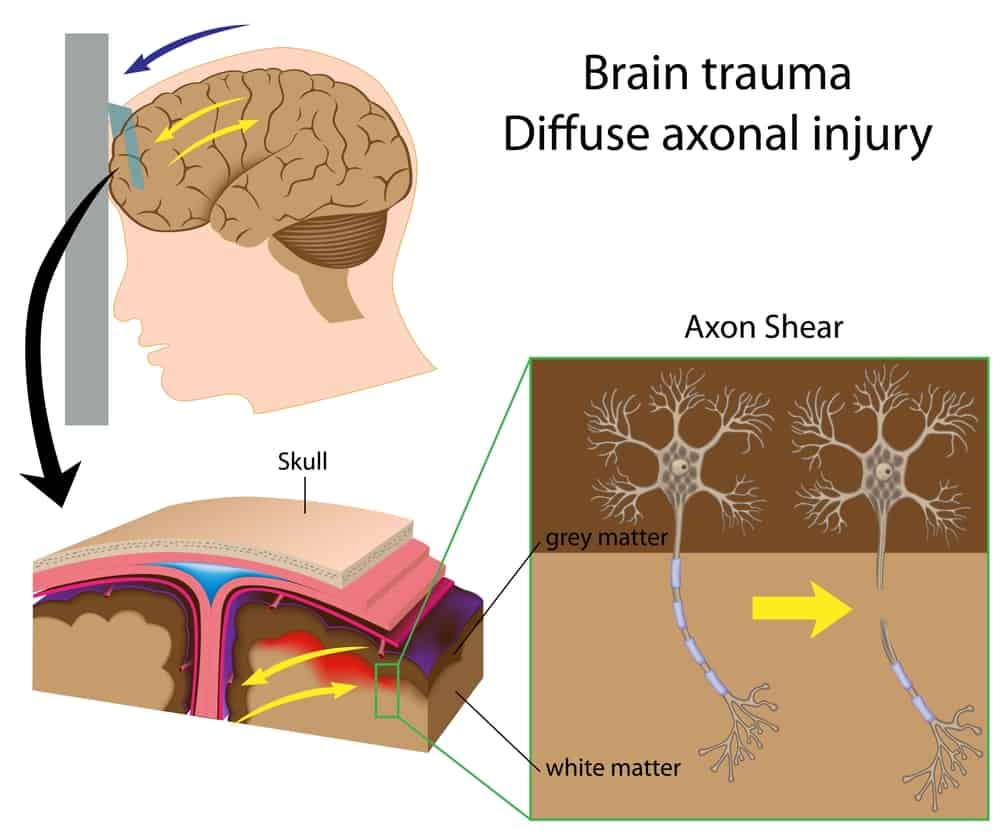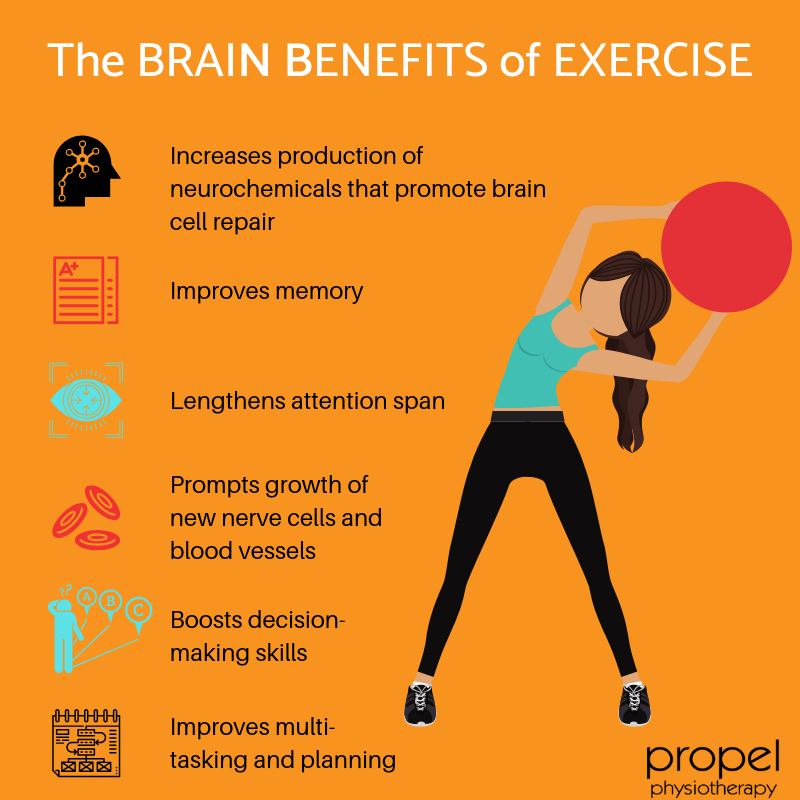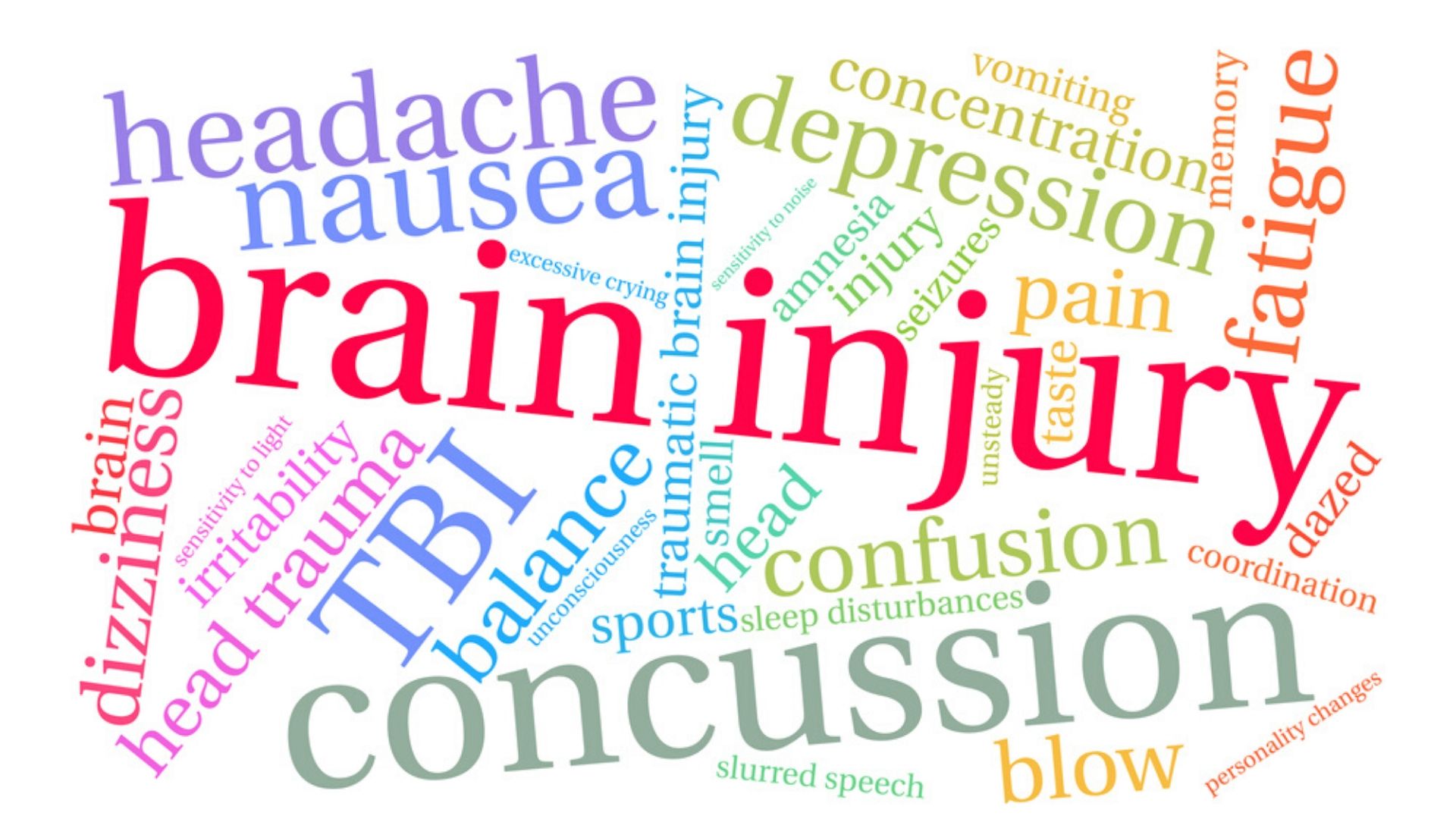Acquired brain injuries currently impact about 1.5 million Canadians, and every year another 160,000 people experience an acquired brain injury, according to Brain Injury Canada. These rates continue to rise as more Canadians are experiencing and reporting incidents of ABI.
Brain injuries can occur to anyone at any time. This type of injury refers to any damage to the brain that occurs after birth and is not congenital or degenerative in nature. Depending on the type and severity of injury a variety of symptoms and deficits can occur, a host of physical, cognitive and behavioural symptoms can result from a brain injury. These symptoms can vary from fatigue, headaches and dizziness to decreased attention, memory and executive functioning.
Table of Contents:
- Types of Brain Injuries
- Brain Injury Prevention
- Brain Injury Treatment
- Living with Brain Injury
- Leaders in the Treatment of Brain Injuries
Types of Brain Injuries
Traumatic brain injuries can be categorized according to the mechanism of the injury or the severity and type of trauma occurring in the brain.
A focal brain injury is a traumatic injury to the brain that occurs in a single location, however there could be multiple areas affected by the event. Focal brain injury is produced by collision forces acting on the skull and resulting in compression of the tissue underneath the cranium at the site of impact (coup) or of tissue oppositely to the impact (contrecoup).
Falls, sport injuries, and motor vehicle collisions are all examples of causes of a focal brain injury. Learn more about the causes, symptoms and treatments for focal brain injuries.

With diffuse axonal brain injury (DAI), traumatic shearing forces occur to long connecting fibers, called axons, when the brain is rapidly accelerated and decelerated within the hard skull. Diffuse axonal injury is most common in high energy trauma such as high-speed motor vehicle accidents.[ii] It can also occur as the result of falls, sporting accidents, assaults and child abuse such as shaken baby syndrome.
This type of brain injury is one of the most devastating types of traumatic brain injury and is a major cause of unconsciousness and persistent vegetative state after severe head trauma.[iii] Learn more about the causes, symptoms and treatment for diffuse axonal injury.
You may also enjoy reading: Exercise Programs to Connect Mind & Muscle After Brain Injury
Brain Injury Prevention
Brain Injury Awareness Month not only provides an opportunity to bring attention to the effects of brain injuries but also the measures to take to help prevent them. Whether you are participating in high-speed or impact sports or doing your daily chores in or outside of the home, there are ways to decrease your risk of suffering a brain injury or reducing the severity.
As with most physical activities, there are some common injuries that affect cyclists as well as acknowledged dangers associated with riding on specific terrain or in areas where collisions are possible. Clinic manager and registered physiotherapist Hoong Phang talks about the most important equipment to prevent common cycling injuries and accidents on our blog.
We also took a look at a few classic winter activities—like skating and toboggining—that warrant some extra preventative measures so there’s more time “doing” the activity and less time “undoing” any potential injuries in our Cold Weather Injury Prevention article.
Snow and ice on driveways and sidewalks pose a serious risk for people of all ages and physical abilities. In the winter of 2016-2017, there were nearly 9,000 hospitalizations due to falls on ice in Canada. Find out how to choose the best winter footwear to prevent slips and falls for your own safety.
You may also enjoy reading: Treating Severe TBI: An Integrated Approach Case Study
Brain Injury Treatment
At Propel, our integrated approach to brain injury treatment involves a team of skilled professionals trained in physiotherapy, kinesiology, massage therapy, exercise physiology, mindfulness, yoga therapy, and nutrition. Together, we will address your range of needs after brain injury with a customized rehabilitation program.
Most people understand that exercise is important for the health of your physical body, but many are not aware of the effects of exercise on brain health. Exercise increases blood flow to the brain, promotes the growth of new blood cells, and triggers several important neurotransmitters, such as serotonin, dopamine, glutamate, and GABA.
Exercise can have a huge impact on both physical and cognitive recovery after a brain injury. Hear more about how exercise can lead to a healthy body and mind in the article Can Exercise Improve Brain Health by registered physiotherapist David Friesen.

After any life changing injury, it is common for thoughts, worries and fear to get in the way of everyday functioning. Focusing on these thoughts and worries can often lead to more stress and a vicious cycle of increased physical tension and anxiety leading to increased pain and disrupted sleep.
With mindfulness practice, the focus is shifted to the breath and the body to minimize the negative effects of ruminating thoughts to one’s well being. Mindfulness coach and registered physiotherapist Kathy Mileski discusses how mindfulness therapy helps to improve symptoms of brain injury and neurological illness in one of our latest blogs.
Nutritionist and founder of Koru Nutrition Kylie James says that many of her brain injury clients experience issues with hormone imbalance, sugar cravings, imbalanced blood sugars, inflammation, high cholesterol, mental fog, low energy and mood. She recommends the ketogenic diet as a potential therapeutic diet for them as well as other people who have sustained a traumatic brain injury. Learn more about the ketogenic diet and how it helps brain injury recovery in this guest post by Kylie James.
Living with Brain Injury
The long term and lasting effects of these type of injuries can significantly alter a person’s quality of life. It can be difficult for those who haven’t been impacted in some way by something similar to understand the impact it can have.
One of our clients, Val Fletcher wrote a series of articles about her journey on the road to recovery to help provide some context and helpful information to others. Please take the time to read about her journey at 18 months into recovery and at 28 months into recovery from a serious accident that caused many injuries, including a traumatic brain injury (TBI).
Leaders in the Treatment of Brain Injuries
We have built our practice around the treatment of complex neurological injuries such as traumatic and non-traumatic brain injury. Our skilled professionals have training and experience working with those who have suffered a brain injury and addressing the chronic conditions and complications that follow.
Our intake process includes a comprehensive assessment of physical impairments, current function and goals. We also use cutting-edge technology such as the Brainfx screen and Brainfx 360 to screen cognitive function and determine the most appropriate structure of the rehabilitation program to best meet each client’s needs.
We also have access to devices and technology that was created specifically to address the needs of people living with brain injuries – Keeogo™ robotic-assisted walking device, Odstock foot drop stimulator, NuStep recumbent cross trainer, Litegait® body weight support system, Jogohealth EMG biofeedback device, Brainfx neurofunctional screen.
For more information on our brain injury treatment services, contact us today!
Written by








